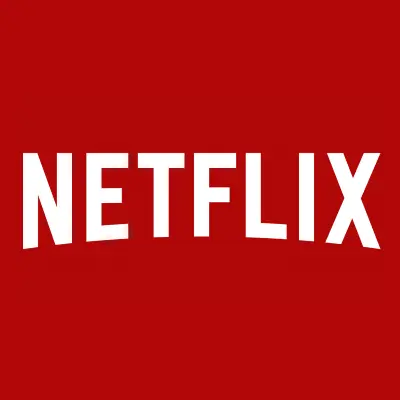Netflix used to have streaming to itself, but now everyone is catching up
-

The news that Netflix suffered its first loss in subscribers since 2011 is a sign that the groundbreaking service isn't as special as it used to be. "If you want to spin it positively — and Netflix does — you can argue that plenty of people are still watching Netflix," says Peter Kafka. "The company’s investor letter includes a chart showing that Netflix’s share of 'total TV time' in the US has actually increased in the last year. But it’s also a chart that shows just how much competition the company is facing. But, again: Those competitors aren’t just a problem because they’re trying to take away Netflix customers’ time and subscription dollars. They’re also a problem because they’re taking away content Netflix used to have. In the old days, Hollywood was willing to let Netflix have tons of its old TV shows and movies because it didn’t think many people wanted to pay to stream that stuff on the internet. Now the big film and TV companies have figured out they were wrong. So they have taken back a lot of stuff that used to run on Netflix and put it on their own services — Friends is on HBO Max, for instance; The Office is on Peacock; and all the Disney stuff is on Disney+. And, crucially, they are competing with Netflix for new projects. So Netflix has seen a lot of valuable content disappear, while at the same time, it has gotten harder to find great new projects."
ALSO:
- Hollywood talent agents and producers fear the Netflix gravy train is over: “The effect on us will be if the new reality forces them to cut back on their $17 billion-a-year programming budget,” said Michael Shamberg, whose four-part documentary on the Three Mile Island nuclear plant crisis will debut on Netflix next month. “As a producer, I always think of them as a first stop for pitching original ideas. If their subscriber growth levels off and it forces them to cut back on programming, will they stop taking risks on innovative TV shows and Oscar films?” As The New York Times' John Koblin and Nicole Sperling explain: "Netflix acknowledged that ferocious competition was partly a reason that growth had stalled. The company used to say its primary competition was not from other streaming services but from diversions like sleep and reading. Now there is a question about whether Netflix’s original content is strong enough to set it apart, as even deeper-pocketed companies like Apple and Amazon continue to increase their spending on critically acclaimed shows like Severance, which is carried on Apple TV+, and the upcoming first season of a Lord of the Rings prequel, for which Amazon is said to be spending more than $450 million."
- Netflix's subscriber woes suggests the streaming wars have started to buffer: "How much wider can people open their pocketbooks and wallets for streaming?" asks Brian Steinberg. "Penetration of subscription video-on-demand services stood at 81.4% in the first quarter of 2022, according to Kantar, compared with 81.6% in the last quarter of 2021. Ad-supported streaming services continue to grow, according to the market-research firm, but that too is slowing. Penetration of ad-supported services stood at 25.3% in the first quarter, compared with 24.4% at the end of last year. Simply put, the nation’s leading streamers may have reached an intriguing new phase: maturity."
- Netflix's stock plunge also dragged down competitors Disney, Warner Bros. Discovery, Paramount and Roku
TOPICS: Netflix
More Netflix on Primetimer:- Even after two years of its release, here’s why fans can’t get over The Holdovers this holiday season
- Goodbye June cast: Every character featured in the Christmas family drama and the actors behind them
- Stranger Things Season 5 Volume 2: What to expect
- From real life to reality TV: The Love Is Blind: Italy cast before fame
